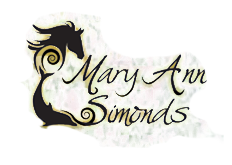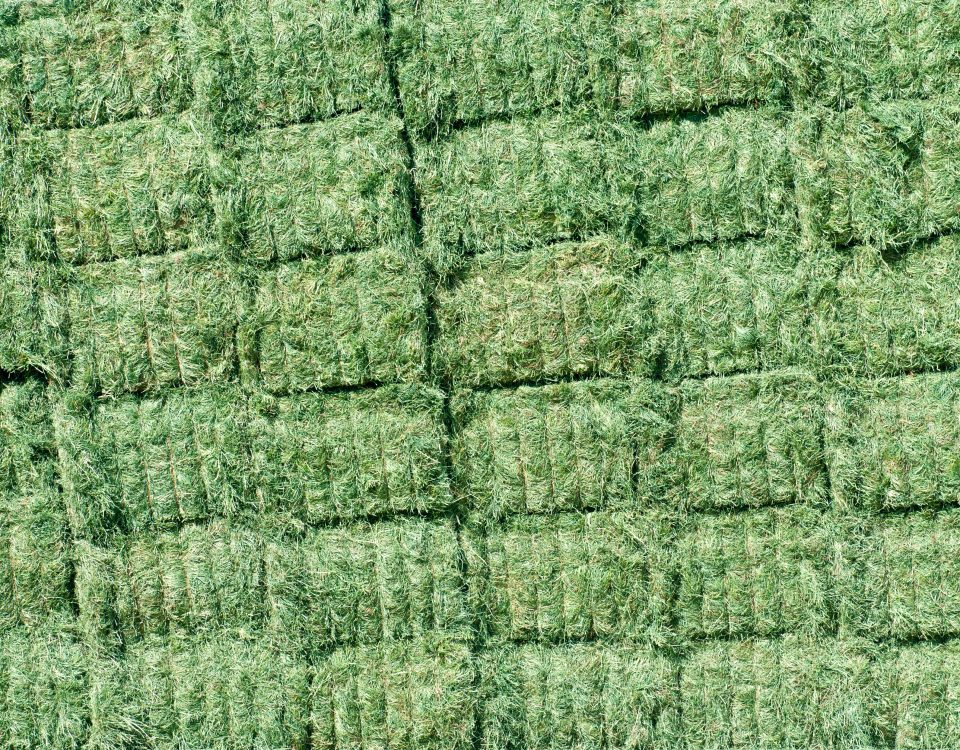Hay growers are not required to tell you how much fertilizers or how many unlisted contaminants were applied to the fields.
BY B.S., M.A. MARY ANN C. SIMONDS
Your horse’s main diet may look green, but if it’s grown in toxic soils, how “green” is it? With less good agricultural land available each year, poor soils needing more fertilizers, and the demand for hay increasing, the main diet for horses is at risk of contamination. Hay growers are not required to tell you how much fertilizers or how many unlisted contaminants were applied to the fields.
A good hay grower will periodically test the soils, balance the pH and apply organic or pure fertilizers to ensure a healthy soil for hay. Hay growers using poor or toxic soils will apply a large dose of fertilizer to “green up” the hay and often get 2-3 cuttings of hay by over-fertilizing. The soft green hay may look good, but it probably will not smell good. Your horse may eat it because he has no choice; over-fertilized or toxic hay can, at a minimum, give your horse soft, runny manure and increase its risk of ailments related to digestion, heart function, skin, and soundness.
HAY TEST
Testing for toxins, sugar, carbs, fat and protein is desirable; many good feed stores or hay growers may do this. If you are unsure about your hay, take a core sample to an agricultural lab for testing.
A home test is not so sophisticated, but still will help you determine if your hay is fresh and natural:
Natural grown hay will often look less green than people want it to look. The natural life cycle of the plant is not to stay green year round. Nutrients are tied to life cycle, soil and seasons, not just to fertilizers. Know what the grass looks like growing in the field; it should look similar in a bale. Any hay should look a natural green. If it looks chalky or green with some grey to whitish color, it could be from the salts or toxins of the fertilizers leaching out or a form of mold.
—————-
Become knowledgeable about where and how your hay is grown. Just because the feed store carries nice looking green hay, do not assume it is good for your horse. Ask if it has been tested. Ask how much and what kind of fertilizer was used on the hay. If you suspect you have toxic hay, you can have it tested by agricultural laboratories.
—————-
Fresh natural grasses and legumes will have a soft, pleasant smell. Over fertilized hay will not have much smell at all. Sometimes hay is salted to dry up any rain if it was put up too wet, so make sure your horse is not just interested in the salt taste. Taste it yourself; chew on a piece and spit it out and determine what the dominant flavors are. It should taste like something you would find pleasing if you ate grasses. It should not taste salty or metallic.
Soak a small flake of hay in warm water for 10-15 minutes. If the hay is good, it will smell sweet and the water may have a little dust in it, but it will be a light-medium brown. If the hay is heavily fertilized or has a number of toxins in it, the water will be dark brown to black. You can even take a cap full of chlorine bleach and add it to a large bucket of water and repeat the hay test. Chloride is an ion that binds with many heavy metals, so the water will look very grey and dark if there are a lot of toxins, but the hay may look a brighter green.

